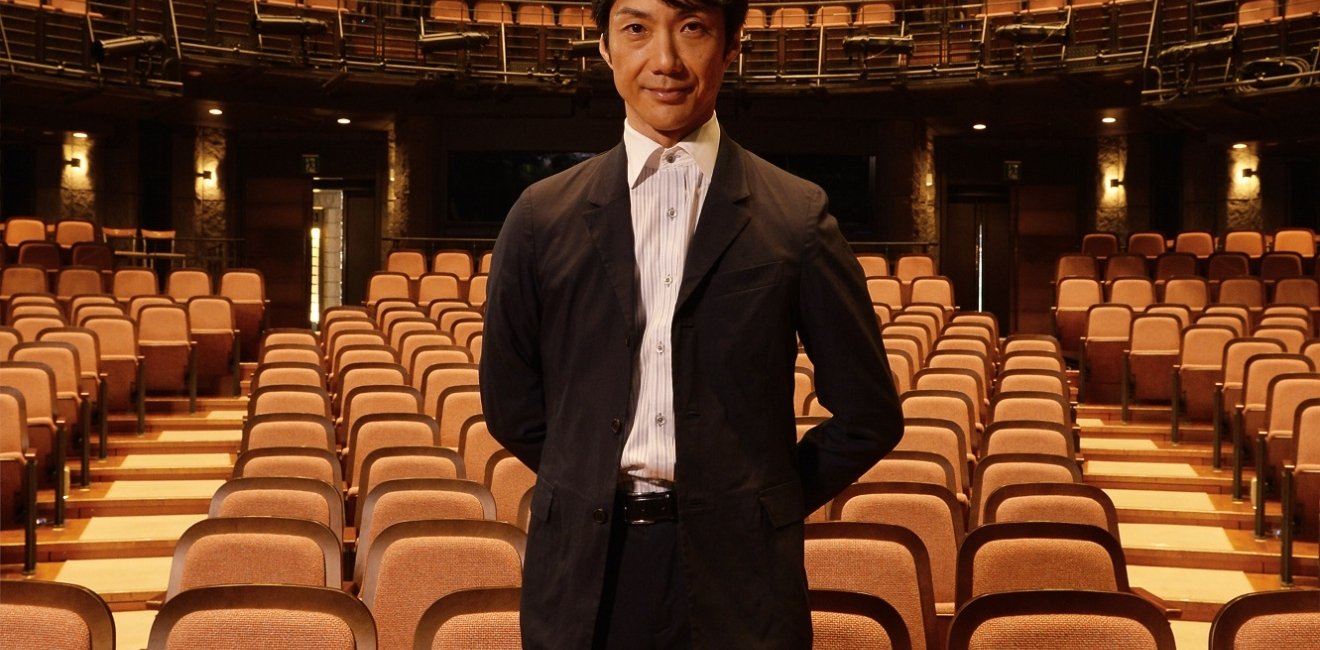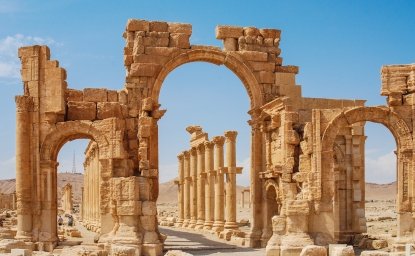[[{"fid":"51651","view_mode":"default","fields":{"field_file_image_alt_text[und][0][value]":"Children jazz","field_file_image_title_text[und][0][value]":"","field_file_source[und][0][value]":"","field_file_caption[und][0][value]":""},"type":"media","attributes":{"alt":"Children jazz","height":"1080","width":"1920","class":"media-element file-default"}}]]Nomura Mansai is among Japan’s most famous performers, starring in popular Kyogen theater. He also is the artistic director at Setagaya Public Theatre, one of Japan’s most extraordinary theatrical institutions. His rendition of Macbeth adopted to the Noh and Kyogen traditions has won rave reviews around the world.
Terumasa Hino is among Japan’s top jazz musicians, a master on the trumpet, cornet, and flugelhorn. Hino became a staple on the vibrant New York jazz, fusion, and downtown loft scenes during the 1980s and has remained based in New York. He returns frequently to Tokyo where he still towers over the Japanese jazz world.
Nomura and Hino can be anywhere in the world. Their fame and talent open doors everywhere. Yet, their creative energies draw them to a non-descript commercial complex in suburban Tokyo where they devote their natural gifts to working with Japan’s most successful community theater, the Setagaya Public Theatre. Nomura arrived at this theater in 2002 to direct and oversee the company’s entire program; Hino started his highly successful Jazz for Kids program in 2005.
Setagaya is one among two-dozen administrative wards that make up Tokyo in a manner similar to the boroughs that constitute London. The area would not seem very “suburban” to most Americans. Home to around 900,000 residents, it is the largest among Tokyo’s wards in population and second largest in the amount of territory it occupies. Setagaya’s population density is about twice that of New York City. Americans will discover Setagaya soon as it will become the site of the American pre-Olympic Games training camp in 2020.
Founded in 1997 at the initiative of the ward administration, the Setagaya Public Theatre could well have languished underused and disconnected from its own community as happens in hundreds of towns and districts around Japan which once overinvested in now unwanted buildings. Setagaya proved different. Long home to large numbers of visual artists and writers, the ward even created an autonomous literary museum to celebrate its own cultural successes. The goal was to keep a living culture and arts central to local life.
The theater’s artistic team set out to promote modern dance and contemporary theater by bringing the community to the stage. The theater houses two halls holding audiences of 600 and 200 that are used almost every day. Outreach programs extend to the disabled and infirmed, to children and the elderly, and the merely interested. Each year, the staff and producers create a play based on the stories told by local residents.
This is where Nomura and Hino enter. For Nomura, as artistic director of the entire company, the theater is a place to experiment; for Hino, the Jazz for Kids program is where he not only seeks out the next generation of Japanese jazz masters but also aims at developing children’s zest for living. At some point during their school career, each of the ward’s 6,000 schoolchildren will appreciate theater’s Kyogen performance. Moreover, Hino hosts four-month jazz workshopsfor children (some of whom have never played an instrument before) which end with an annual Kids Big Band Concert.
The homespun flavor of so much of the theatre’s activities does not diminish artistic accomplishment. Setagaya Public Theatre’s mainstage has seen productions of grand creative achievement such as Nomura’s uniquely Japanese Macbeth.
The theater estimates that between 80 and 90 percent of its audience arrives from outside the ward, including from abroad. In addition, somewhere around a third of ward residents have attended a performance. Setagaya Public Theatre unquestionably remains a community asset. Its extensive outreach programs and community spirit carry unlimited meaning for everyone in the ward.
When asked what makes Setagaya special, residents frequently credit their neighbor Nomura Mansai and his role as artistic director, and Terumasa Hino’s Jazz for Kids, for some of the most creative theatrical performances in Japan today. The community basks in a special spotlight every time a performer – young or old, beginner or famous – steps out on stage merging master and novice into a shared enterprise.






